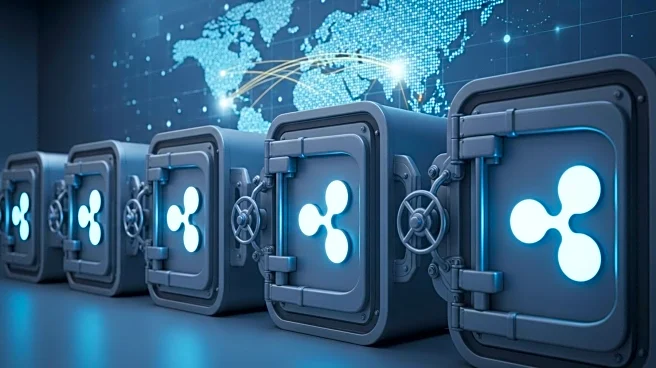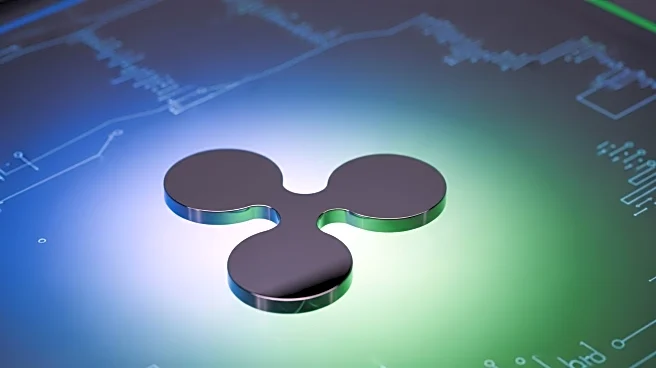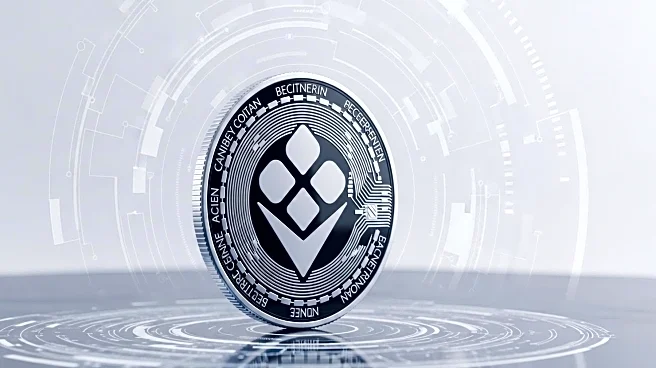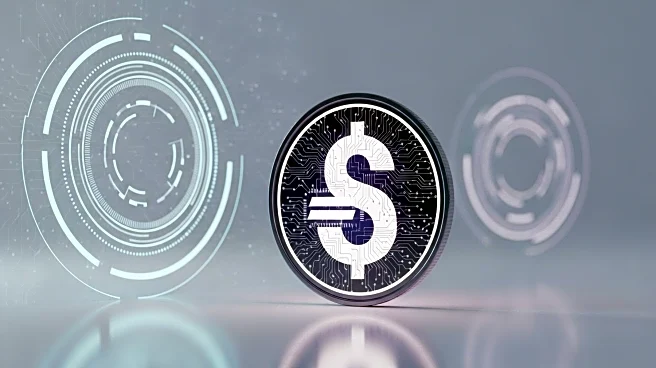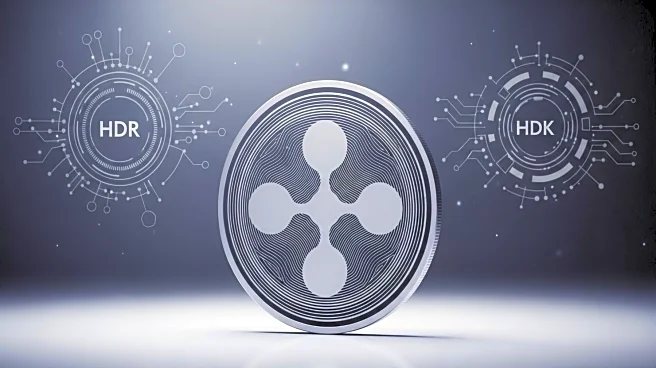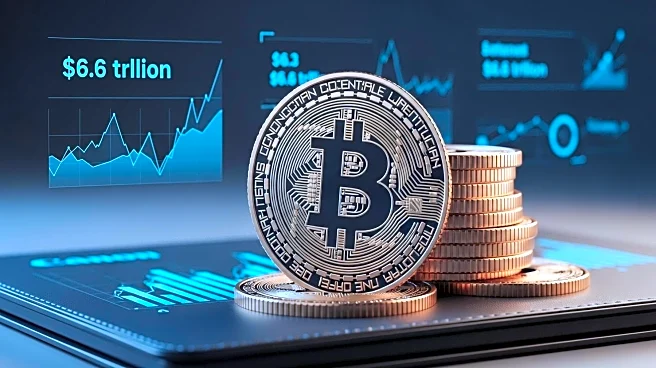What's Happening?
XRP, a digital asset developed by Ripple, has been integrated into the payment systems of major banks such as PNC Bank to enhance liquidity, reduce settlement times, and lower transaction costs. The Bank for International Settlements (BIS) has recognized the importance of a third-party currency with sufficient liquidity for efficient cross-border payments, a problem XRP aims to solve. The integration of XRP into banking systems highlights its practical application in real-world financial infrastructure, with improved regulatory clarity from the U.S. Securities and Exchange Commission (SEC) further validating its relevance.
Why It's Important?
The integration of XRP into global banking systems signifies a shift towards more efficient and cost-effective cross-border payment solutions. By acting as a neutral bridge currency, XRP addresses the inefficiencies of traditional correspondent banking systems, which often result in delays and high fees. This development could lead to increased adoption of digital assets in the financial sector, potentially transforming global payment infrastructure. The improved regulatory clarity surrounding XRP may also encourage further institutional participation, expanding its utility and market depth.
What's Next?
With the integration of XRP into major banks, the financial sector may see increased adoption of digital assets for cross-border payments. The resolution of regulatory issues could pave the way for new financial products, such as spot XRP ETFs, enhancing the asset's market presence. As global financial institutions continue to explore digital solutions, XRP's role in modernizing U.S. banking and facilitating international transactions is likely to grow.
